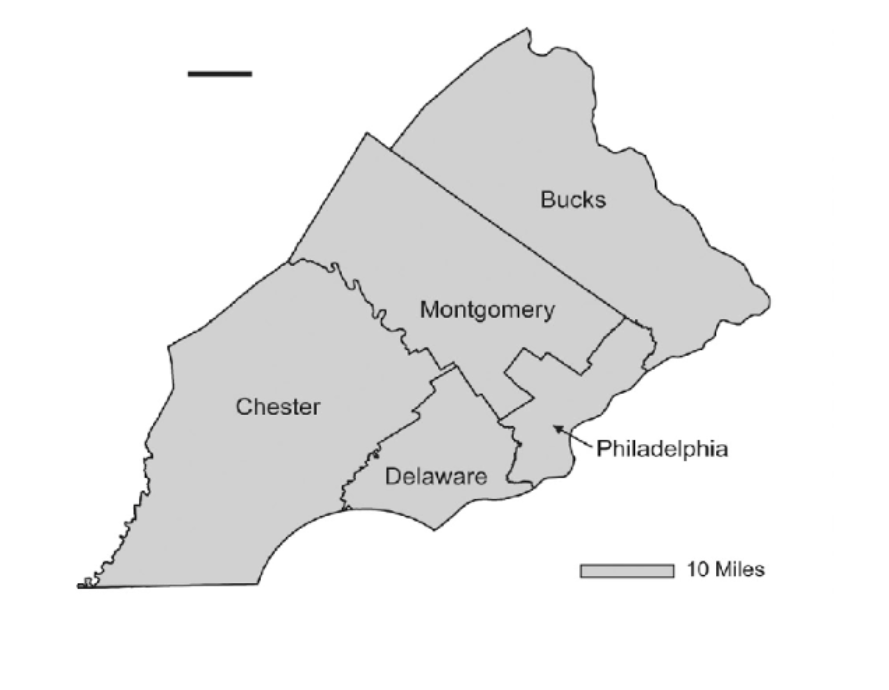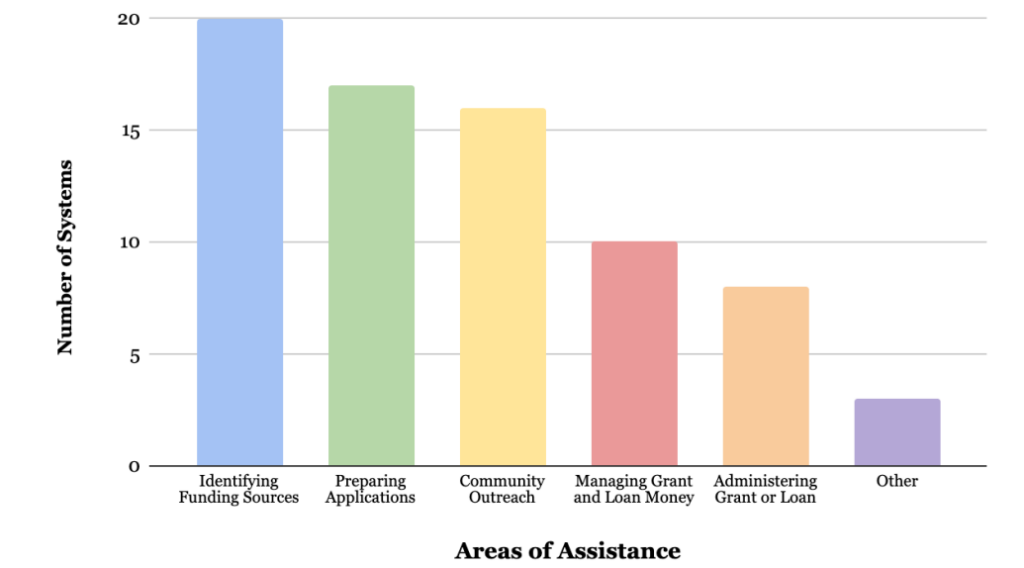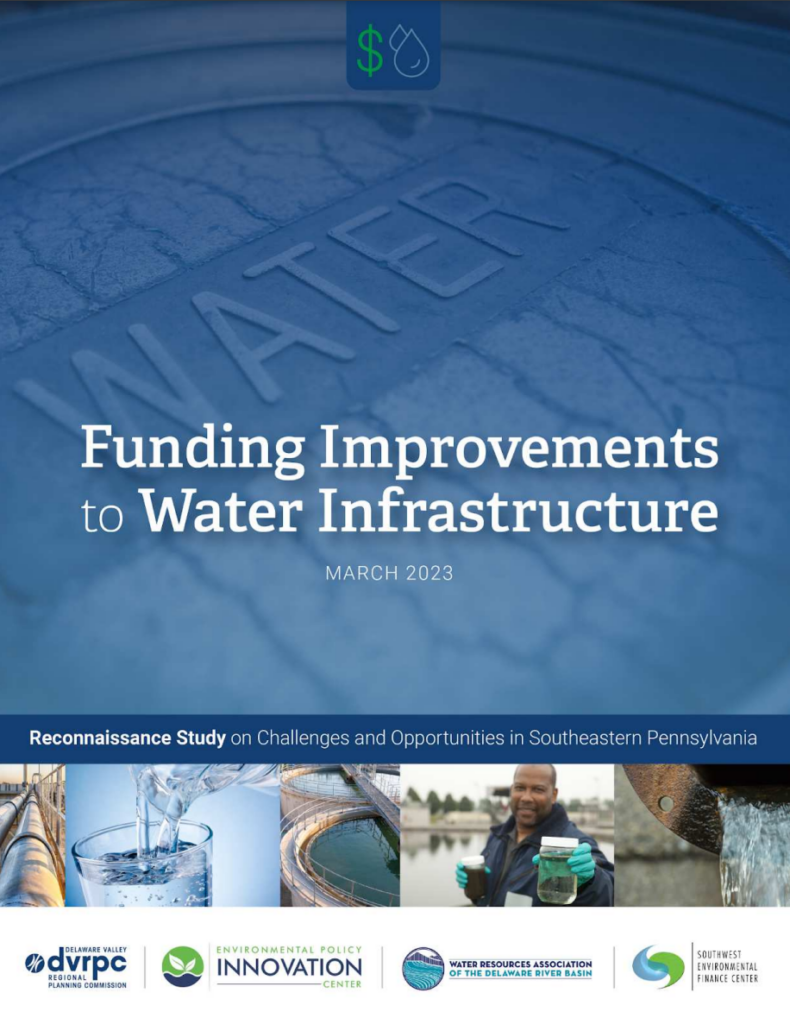Water utilities support public health, safety, environmental protection, and economic development so people and nature can thrive. However, much of the nation’s drinking water, wastewater, and stormwater infrastructure is aging and in need of replacement or upgrades. Inadequate water infrastructure puts lives, livelihoods, and the environment at risk and prevents residents from living healthy and prosperous lives. Addressing these problems requires investment in infrastructure. Water system investment needs are particularly significant in southeastern Pennsylvania, a region characterized by aging infrastructure, fragmented government and utilities, and areas with high concentrations of poverty. While new federal funding available through the Infrastructure Investment and Jobs Act is a significant opportunity to make necessary investments in water infrastructure, a new study finds that water utilities in southeastern Pennsylvania often struggle to access public funds.
To learn more about the challenges facing utilities in the region, EPIC and its partners, the Delaware Valley Regional Planning Authority, Water Resource Association of the Delaware River Basin, and Southwest Environmental Finance Center conducted 20 interviews with municipal and utility managers. Interviews focused on the challenges in identifying, applying for, securing, and managing funding for water infrastructure. The key findings in our report, Funding Improvements to Water Infrastructure – Reconnaissance Study on Challenges and Opportunities in Southeastern Pennsylvania are summarized below.

Key findings:
- While it is generally considered a positive thing that there are multiple sources of water infrastructure funds in Pennsylvania, many systems find it difficult to identify the right funding program for their needs.
- Systems’ lack of staff capacity and technical expertise, coupled with complex and extensive rules and requirements, make it very difficult and time consuming to prepare successful funding applications.
- For resource-constrained systems, even if grants or principal forgiveness were available, the application process was either too difficult to navigate, or interviewees believed that better-resourced systems would out-compete them for available funds.
- There are hurdles in managing and closing out an award too.
- Due to limited staffing and difficulty in identifying the appropriate forums and tools for engaging residents, it can be difficult for systems to prioritize community outreach.
- Systems are concerned about impacts from climate change and how to make water infrastructure more resilient, as well as the growing costs to treat emerging contaminants.
- Systems would benefit from assistance in several areas.

The report also offers recommendations for technical assistance providers, including EPIC’s Funding Navigator; funders; water systems; local, state, and federal officials; and community partners to address the barriers utilities and municipalities encounter in accessing public funds for water infrastructure.
